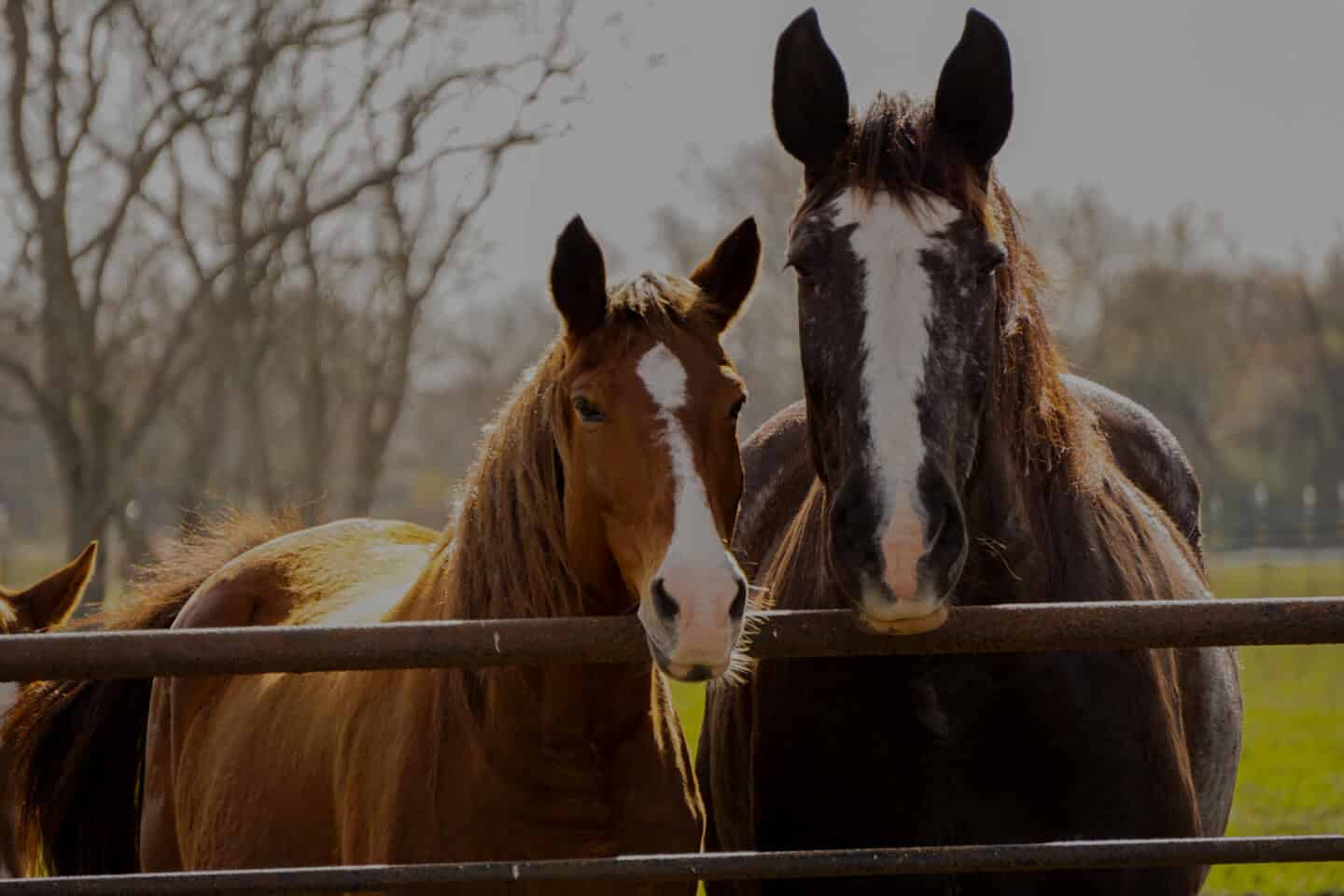If you are qualified, we want more than anything for you to adopt one of our horses. The primary step is for you to actually put your hands on the horse of your dreams. Horses should never be adopted just because they “look pretty”. This is hopefully a life long commitment that you are making to the horse, so take your time and make certain that what you are seeing is really what you want.
If, during the inspections, we find some problem areas we will advise you on how to bring them up to our minimum standards of care.
After your adoption is complete, we will conduct periodic inspections. These inspections have two goals:
to be of assistance to you in case there are any problems with the horse,
and to make certain that the horse is doing well in the new environment.
The horse adopted from us is not to be used for breeding, cannot be sold, transferred, leased, or moved without notifying us. Once adopted, we want the horse to stay with you for the remainder of the horse’s life. If something happens and you can no longer keep the horse, you’ll need to contact us and we’ll make arrangements for the horse’s return to Habitat for Horses.


